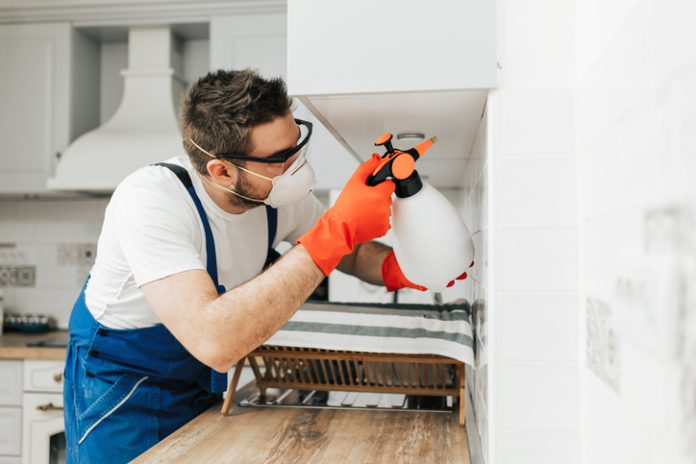Professional Pest Control or DIY Solutions? A Homeowner’s Guide to Making the Right Choice
When faced with unwanted pests in your home, the question inevitably arises: should you tackle the problem yourself or call in the professionals? With the rise of DIY solutions and countless online tutorials, many homeowners find themselves weighing their options carefully. This comprehensive guide will help you make an informed decision about your pest control treatment approach, considering factors like cost, effectiveness, and safety.
Understanding Your Pest Situation
Before making any decisions, it’s crucial to assess the severity of your pest problem. A few ants in your kitchen might be manageable with store-bought solutions, but signs of termites or a widespread cockroach infestation typically demand professional expertise. The key lies in identifying not just the pest, but understanding the extent of the problem and potential risks to your property.
The True Cost Equation
While DIY pest control often appears more economical at first glance, the real costs can add up quickly. Consider these factors:
DIY Expenses:
- Multiple trips to purchase various products
- Equipment costs for proper application
-
Potential replacement of ineffective products
- Time investment for research and application
- Storage solutions for chemicals
Professional Service Value:
- Access to commercial-grade products
- Specialized equipment and expertise
- Guaranteed results
- Insurance coverage
- Preventive strategies and follow-up services
When DIY Makes Sense
There are certainly situations where handling pest control yourself is appropriate. Minor issues like occasional ants or spiders can often be managed effectively with store-bought products and basic prevention methods. DIY approaches work best when:
- The infestation is small and contained
- You’ve identified the pest and understand their behavior
- You’re comfortable handling and storing pesticides safely
- The problem is in an easily accessible area
- You have time to monitor and repeat treatments if necessary
Professional Intervention: Know When to Call
Some situations demand professional expertise. Watch for these red flags:
- Persistent infestations that return despite DIY efforts
- Signs of wood-destroying insects like termites or carpenter ants
- Potentially dangerous pests such as wasps or poisonous spiders
- Infestations in hard-to-reach areas like inside walls or attics
- Legal requirements for professional inspection or treatment
Safety Is A Primary Concern
Safety should be your top priority regardless of your chosen approach. Professional pest control companies undergo rigorous training in proper application methods, safety protocols, and chemical handling. They understand local regulations and have access to more effective, professionally-regulated products.
If you choose the DIY route, you must carefully follow all product instructions, wear appropriate protective gear, and ensure proper storage away from children and pets. Remember that improper application of pesticides can pose serious health risks to your family and pets.
The Long-Term Perspective
Consider the long-term implications of your choice. Professional services often include:
- Regular monitoring
- Preventive treatments
- Early detection of new issues
- Warranty coverage
- Documentation for real estate purposes
Meanwhile, DIY approaches require ongoing vigilance and may need frequent reapplication, potentially leading to higher long-term costs and time investment.
Finding Middle Ground
Many homeowners find success in combining approaches. For example, you might handle basic prevention and minor issues while maintaining a relationship with a professional service for regular inspections and more serious problems. This hybrid approach often provides the best of both worlds – cost-effective day-to-day management with professional backup when needed.
Making Your Decision
Consider these factors when making your final choice:
- Budget constraints vs. long-term value
- Time availability for DIY efforts
- Severity and type of pest problem
- Safety concerns and comfort level with pesticides
- Local regulations and requirements
- Property size and type
Remember, there’s no one-size-fits-all solution. The right choice depends on your specific situation, resources, and comfort level. Whether you choose DIY methods, professional services, or a combination of both, the key is taking prompt, appropriate action to protect your home and family from pest-related problems.










